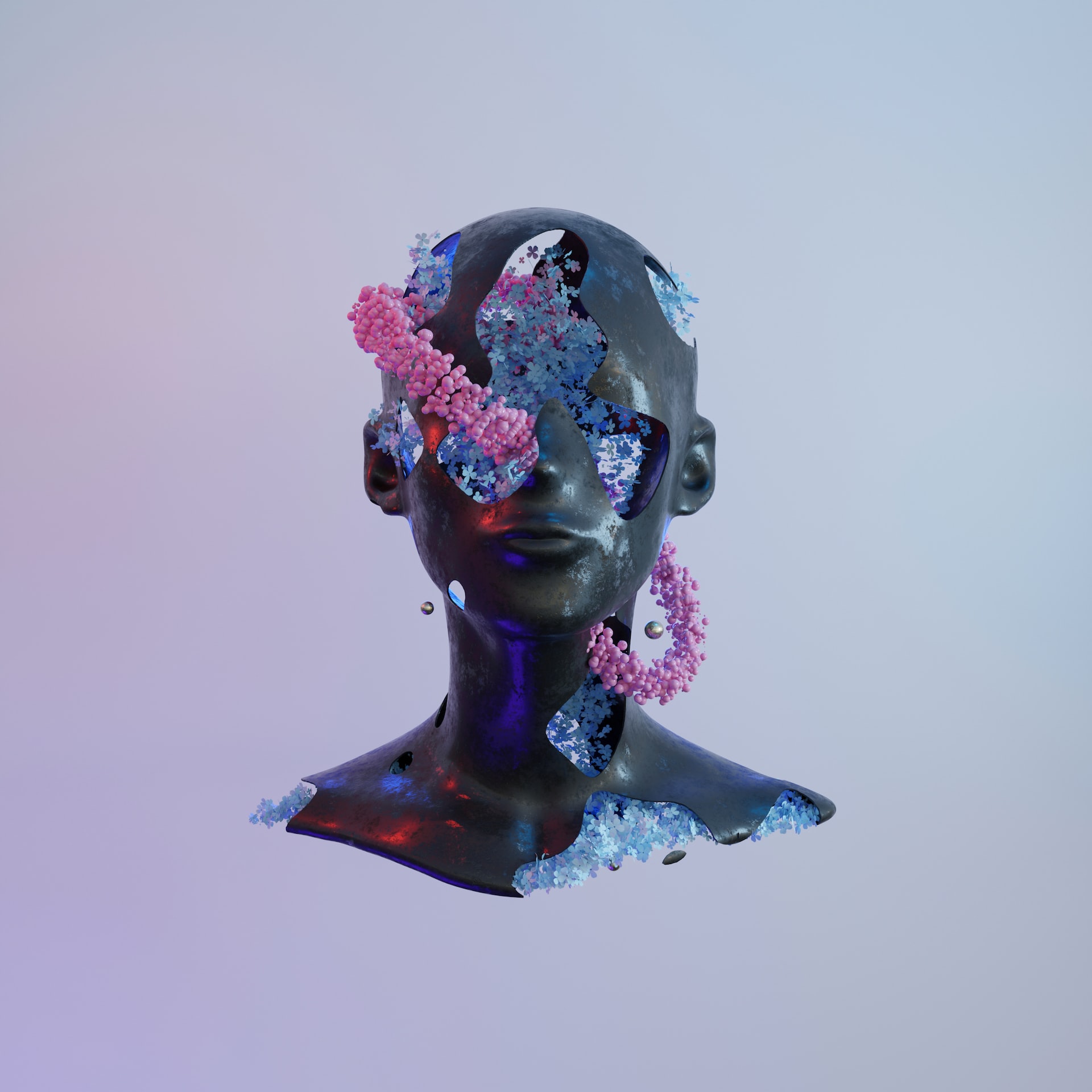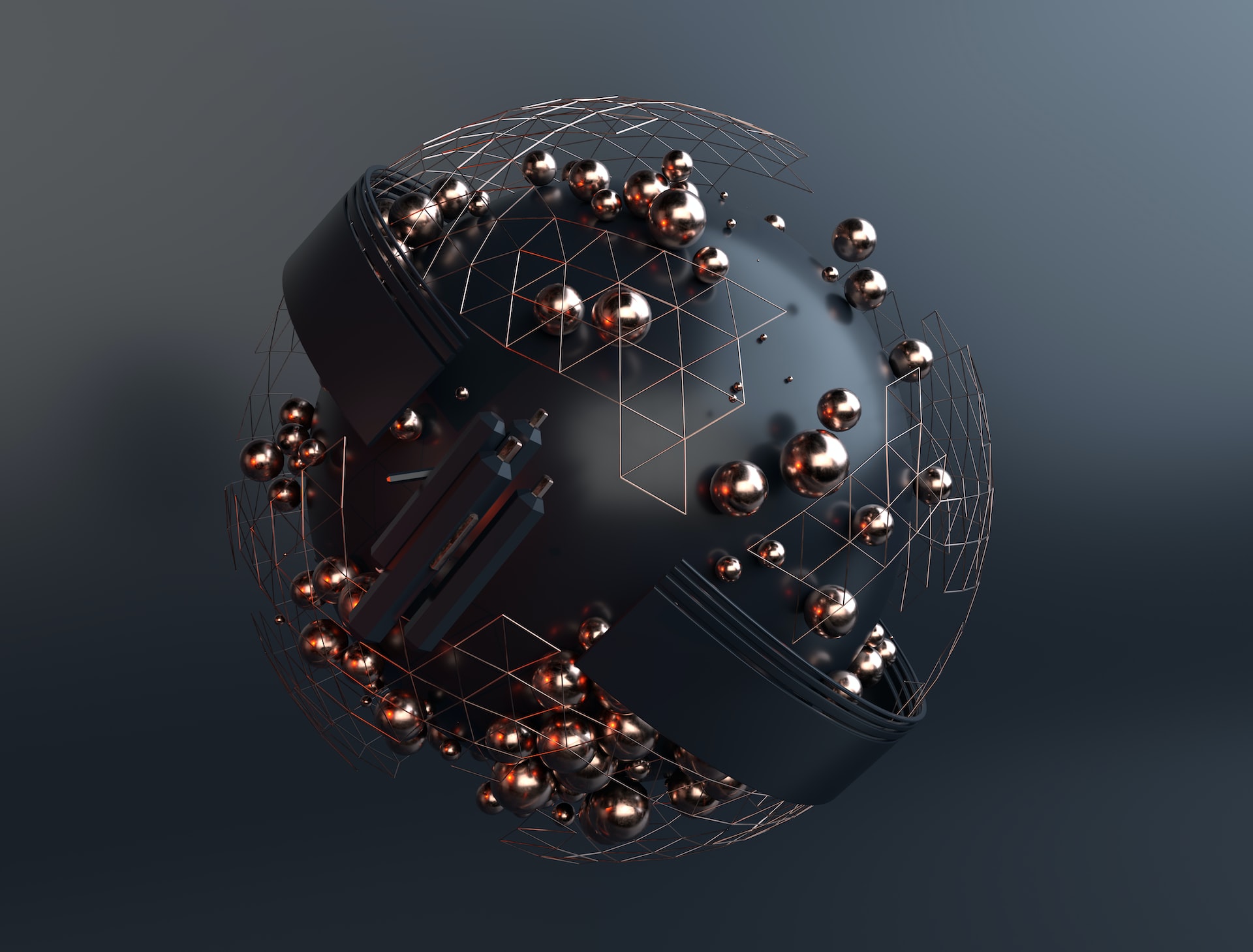What are generative art NFTs and are they worth collecting?

Generative art has been around for decades. However, it recently made a comeback after about 60 years, thanks to the birth of non-fungible tokens (NFT).
Read on to learn about generative art, how they entered the NFT space, and discover some of the most popular generative NFT art collections on the market today.
What is generative art?
Generative art is a term used to refer to art that is created using software. The program randomly creates shapes, patterns and colors that are arranged into an artistically enjoyable piece of digital art.
Typically, the artist defines the process and the resulting artwork is generated by the software or program of your choice, making it a human-machine collaboration.
For art to be described as generative, it must have three elements: algorithms, geometry and randomness.
If the art is not randomly generated, it means that the artist has decided on it in advance, and therefore it will not count as generative art. Furthermore, the combination of algorithms and geometry helps to develop amazing art while offering beautiful visual effects.
Generative art has its origins back to the 1960s. This was way before the internet or blockchain. Gradually, generative art grew into an art genre. At the time, terms such as algorithmic art, computer art and computer graphics were used to describe this “new” artistic method.
Today, algorithmic art and generative art are sometimes used interchangeably depending on the context. However, the 1960s was also a period where countless art concepts and styles emerged, such as concept art, feminist art, pop art, etc., and thus generative art kind of caught fire.
Today, however, generative art made a comeback after finding a new home NFTswhich enables a number of emerging artists to make money selling algorithmic art.
What are Generative Art NFTs?
A generative art NFT is a type of generative art that uses a smart contract in the creation process and is stored on a blockchain as an NFT.
While non-fungible tokens began to see a steady rise in 2017, it was not until 2021 that their sales increased to reach 25 billion dollars. And even with the crypto winter of 2022 and the collapse of various crypto exchanges, NFTs continued to sell, generating sales of 24.7 billion dollars.
With the continued growth of NFTs, generative art NFTs have now become a sought after form of NFT art. People can easily collect and own a generative artwork thanks to NFTs.
In fact, generative art NFT’s popularity has now caught the attention of art collectors and enthusiasts alike. This could potentially help to increase the overall generative art market.
How are generative art NFTs made?

Generative art NFTs are created using smart contracts and then stored on a blockchain in the form of an NFT.
ONE smart contract is a piece of code that is secured on a blockchain and is executed even when the predetermined conditions are met. This characteristic makes them perfect for creating art that is both random and algorithm-driven.
As an artist who wants to create generative art NFT, you can first find an AI tool and relevant blockchain that will help you create your art. Next, you will establish a series of characteristics that make up your NFT and then design one or more variants for each characteristic. Continue copying smart scripts into your NFT design to create new variations of NFTs. You can also set a limit on the total number of NFTs that can be generated.
In addition, artists can make their artworks more unique by imprinting the generative art NFT. Depending on what you want to achieve as an artist, you can add different tags to your art, such as wallet ID, transaction ID, or gas price.
The start of AI-generating NFTs has opened up a whole new world for artists, allowing them to work with machines and create unique works of art. In fact, there are many resources, software, tools, and tutorials available on the market that artists can use to create generative art NFTs. However, the complexity and functionality of your generative art NFT will determine, for example, the software you choose.
Below is a list of a few programs and resources currently used to create generative art NFTs by various creators:
- Asynchronous Art is a powerful and popular software for artists, brands and musicians interested in creating generative art without the use of code on the Ethereum blockchain. Artists can use this software to upload NFT assets, create an entire generative NFT art collection and set the rarity percentages for them.
- canvas sketch is a loose collection of modules, resources and tools for developing generative art in the browser and in JavaScript.
- DALL.E 2 is a new AI system that has the ability to create realistic art and images from a description in natural language.
- openFrameworks is an open source C++ tool that helps facilitate fast and efficient algorithmic and generative art.
- SketchAr is a mobile application used to create and sell NFT art. Using the app, artists can create, explore and sell their NFT artwork.
Most, if not all, programming languages can be used to create generative art. In fact, most artists prefer to use JavaScript. However, there are different software that exist and can be used to create generative art, with or without the need for code.
Top generative art NFT collections
Now that we know what generative art and generative art NFTs are and how they are made, let’s take a look at some of the best generative art NFT collections made to date.
Autoglyphs
Autoglyphs is known as the first generative NFT art project created on chain in 2019 by Larva Labs, the creators of CryptoPunks.
According to the developers, Autoglyphs is “an experiment in generative art, each one unique and created by code” running on the Ethereum blockchain. Larva Labs made it possible for anyone who paid around $35 to generate their own autoglyph. The entire collection has 512 glyphs, all of which are crafted. The most expensive Autoglyph NFT is worth $941,428, and it is estimated that the entire collection reached a total sales volume of $41 million.
Art blocks
Art blocks is a platform used to curate and create generative art. Launched in 2020 by Erick Calderon, the project is ranked as the most successful generative art NFT project, having achieved a sales volume of more than $994 million.
Chromie Squiggles was the first ever generative art NFT embossed on Art Blocks by Calderon himself. Besides Chromie Squiggles #4697, Ringers #109, Ringers #879. Fidenza #313 and Fidenza #77 are some of the highest priced art NFTs on Art Blocks.
Lost poets
Lost poets is a generative NFT and strategy game created by Pak, known as one of the most popular and successful NFT artists at the time of writing. The Lost Poets project is a multi-stage NFT collectible and strategy game and is honored as Pak’s most in-depth NFT project.
Lost Poets was launched in September 2021 and consists of several stages. The first phase, known as “Pages”, consisted of 65,536 single, multi-edition NFTs and went on to achieve a sales volume of $70 million, with more stages to follow. Every NFT in the collection was AI generated.
Solvency
Created by Ezra Miller, the Solvency Project is a limited edition collection containing WebGL simulations.
The WebGL artwork is developed using textured feedback loops derived from a GAN trained on 35mm photographs combined with layered colors that rely on details from the press transaction and contains 500 editions of the artwork. The hash of the token used in the Solvency project affects the final artwork, and some are rarer than others.
Are generative art NFTs worth collecting?
The decision to collect generative art NFTs or not boils down to your personal preference and end goal.
Although generative art has been around for decades, the incorporation of NFTs into generative art makes it a relatively new space. And just like with any new technology, it’s hard to say whether the generative art NFT market will perform a few years down the road.
Only in 2021 did the generative art generate NFT market 2.57 billion dollarsup from $20 million in 2020. This growth is an indication that generative art NFTs could potentially explode if the market managed to continue experiencing an upward trajectory despite the ongoing crypto winter.
Of course, it cannot be denied that it may take some time for generative art NFTs to achieve some of the success that some NFT projects have achieved so far.
But even with all the hype and the potential gains investors can make by collecting generative art NFTs, you shouldn’t go into it blindly. Consider market trends, do your own research and only invest what you can afford to lose because NFTs are a highly speculative asset class.


